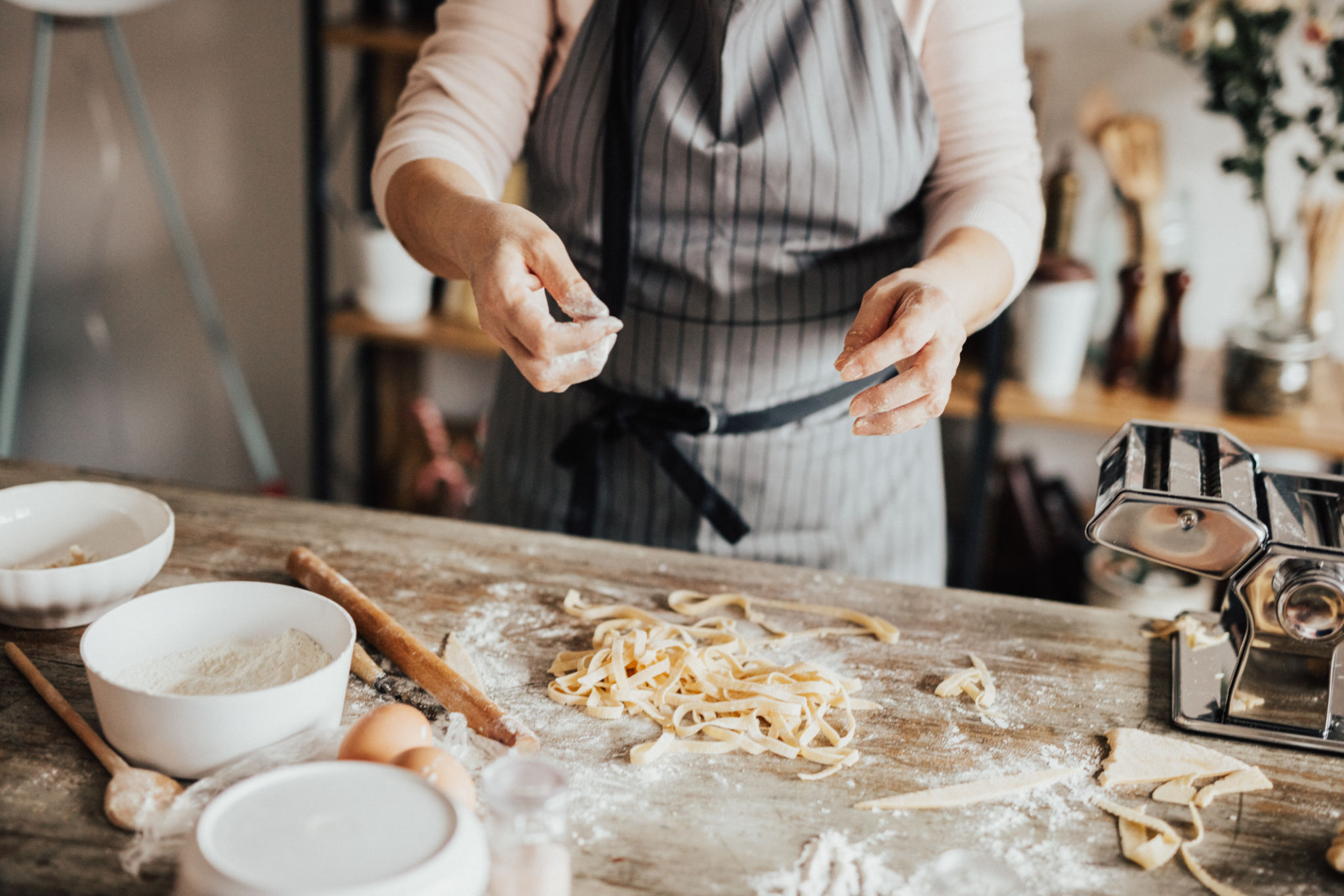Mastering Homemade Pasta: A Comprehensive Guide for Beginners
Why Make Homemade Pasta?
Making homemade pasta is not just about combining flour and water; it's an art and a tradition that brings a unique satisfaction. Unlike store-bought options, homemade pasta allows you to control the ingredients, ensuring freshness and quality. Not to mention, the texture and flavor of fresh pasta are unparalleled. Plus, it’s a perfect way to impress family and friends with your culinary skills.

Gathering Your Ingredients and Tools
Before you start, it's essential to gather the right ingredients and tools. For basic pasta dough, you will need:
- 2 cups of all-purpose flour
- 3 large eggs
- A pinch of salt
For tools, a pasta machine is ideal for rolling out the dough, but a rolling pin works as well. You’ll also need a clean work surface, a knife, and a fork for mixing.
The Basics of Pasta Dough Making
Creating the dough is a straightforward process but requires attention to detail. Start by making a mound of flour on your work surface, creating a well in the center. Crack the eggs into the well and add salt. Using a fork, gradually incorporate the flour into the eggs until you have a shaggy dough.

Kneading the Dough
Kneading is crucial for developing gluten, which gives pasta its chewiness. Knead the dough for about 10 minutes until it's smooth and elastic. If it's too sticky, sprinkle some additional flour as needed. Once kneaded, wrap the dough in plastic wrap and let it rest for at least 30 minutes.
Rolling Out the Dough
After resting, divide the dough into smaller portions for easier handling. If using a pasta machine, start with the widest setting, passing the dough through several times while folding it in half between each pass. Gradually reduce the thickness setting until you achieve the desired thinness.

Cutting and Shaping Pasta
The type of pasta you wish to make will determine how you cut it. For fettuccine or tagliatelle, roll up the sheet of dough and slice it into thin strips. For ravioli, use a cutter to shape squares or rounds. Be creative with your shapes and sizes!
Cooking Fresh Pasta
Fresh pasta cooks much faster than dried varieties—typically in 2 to 4 minutes in boiling salted water. It's vital to taste-test for al dente perfection. Once cooked, drain and toss with your favorite sauce immediately for best results.
Storing Homemade Pasta
If you wish to store your pasta for later use, allow it to dry slightly before refrigerating or freezing. For freezing, arrange the pasta in a single layer on a baking sheet and freeze until solid. Then transfer it to an airtight container or bag.

Troubleshooting Common Issues
If your dough is crumbly, try adding a bit more water or kneading longer. If too sticky, dust with flour lightly. Strive for consistency and remember that practice makes perfect. Soon enough, you'll be crafting pasta like a seasoned chef!